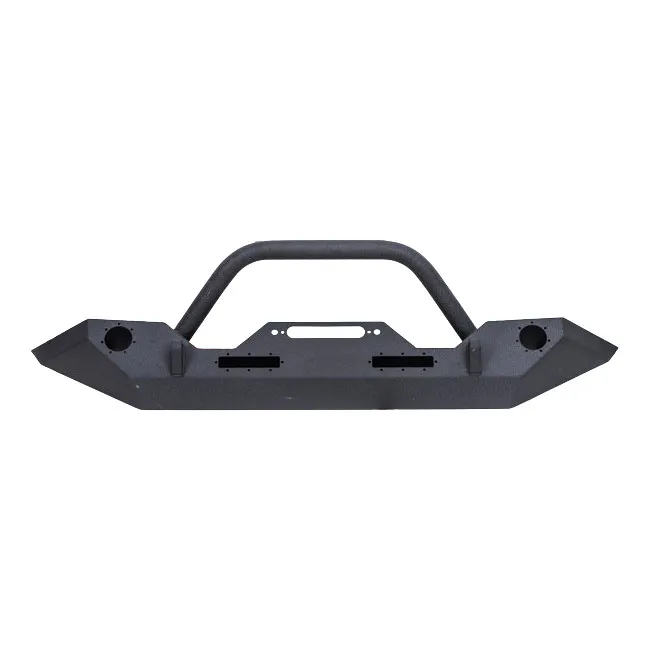
The vehicle bumper is an important part of the car body. It is located in most areas of the front and rear of the car. It is an energy-absorbing device. Its composition materials are also varied, including plastic, metal and carbon fiber, etc., to meet different needs and design requirements.

The bumper is generally composed of three parts: outer plate, buffer material and crossbeam. The outer plate and buffer material are attached to the crossbeam, which is screwed to the longitudinal beam of the frame and can be removed at any time. The bumper has strength, rigidity and decorativeness. From a safety point of view, it can play a buffering role and protect the front and rear bodies when the car collides; from the appearance point of view, it can be naturally combined with the car body and become an important part of decorating the appearance of the car.
Safety protection: When the car collides at a low speed, the bumper can play a buffering role and protect the front and rear bodies. At the same time, the bumper can also play a certain buffering role when colliding with pedestrians, reducing the harm to pedestrians.
Decorativeness: In addition to practical functions, the bumper also has a certain decorativeness, which can beautify the appearance of the whole vehicle and make it look fuller.
Aerodynamic optimization: The design of the bumper also takes aerodynamics into consideration, helping to reduce wind resistance during driving and improve the fuel economy of the car.